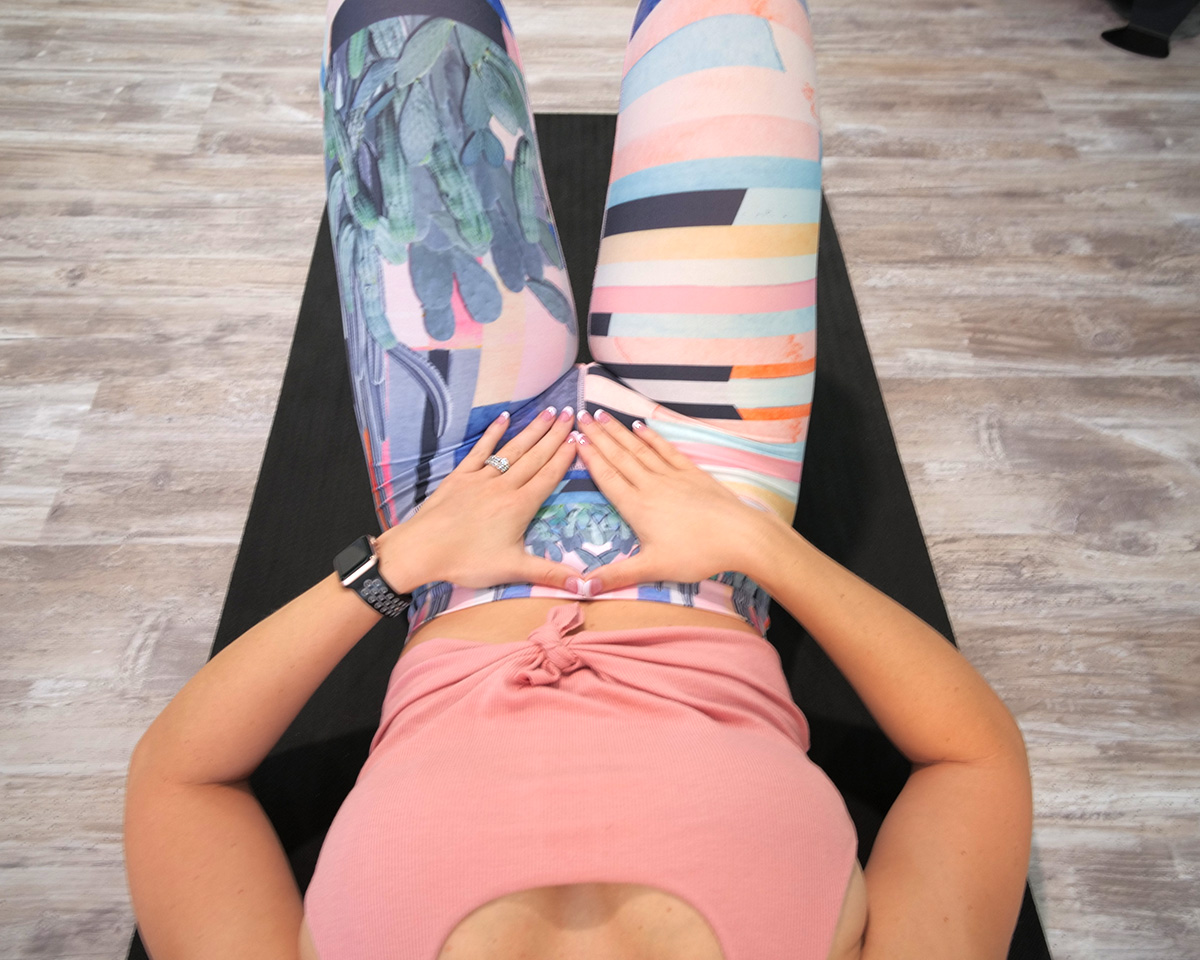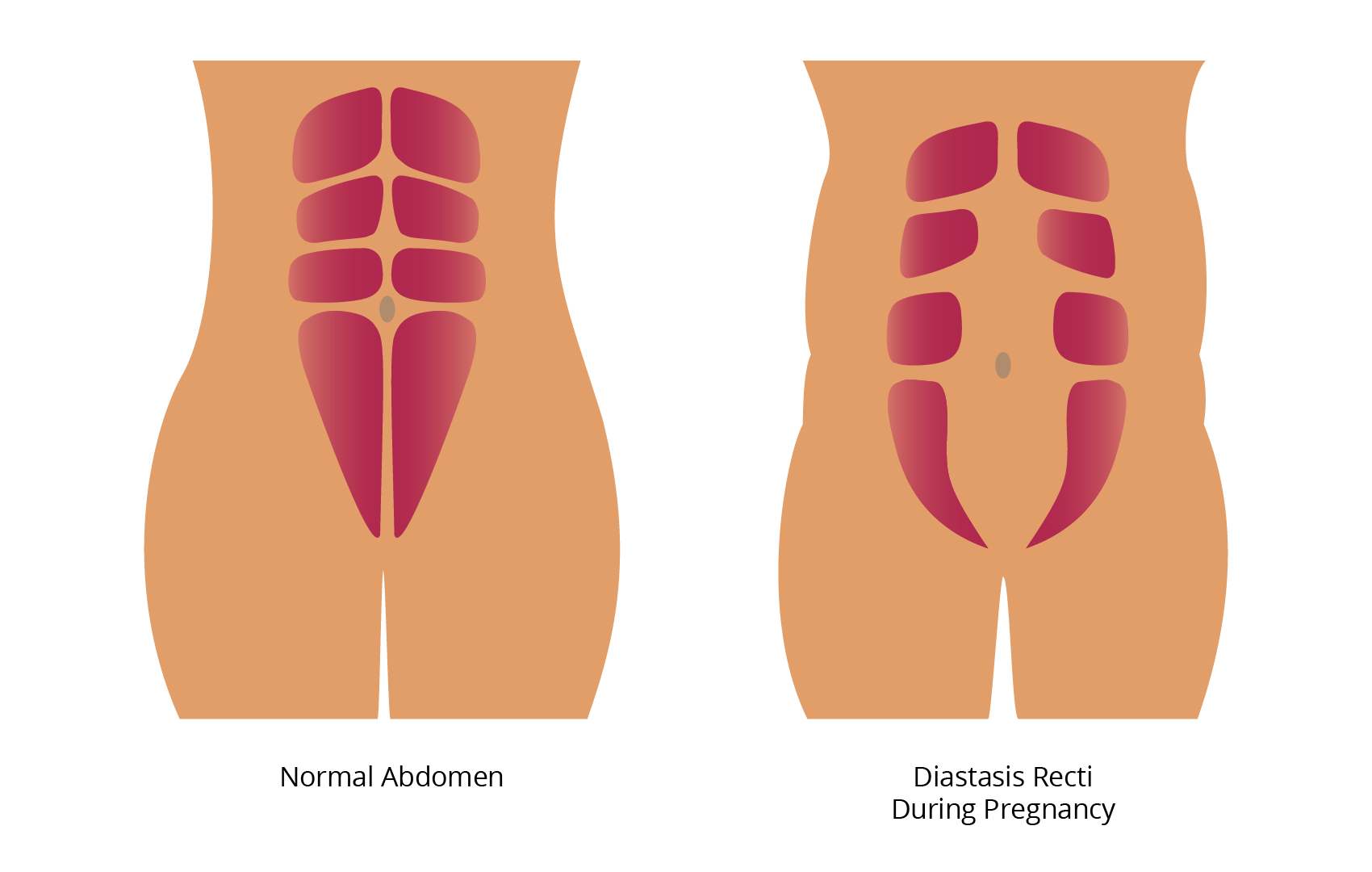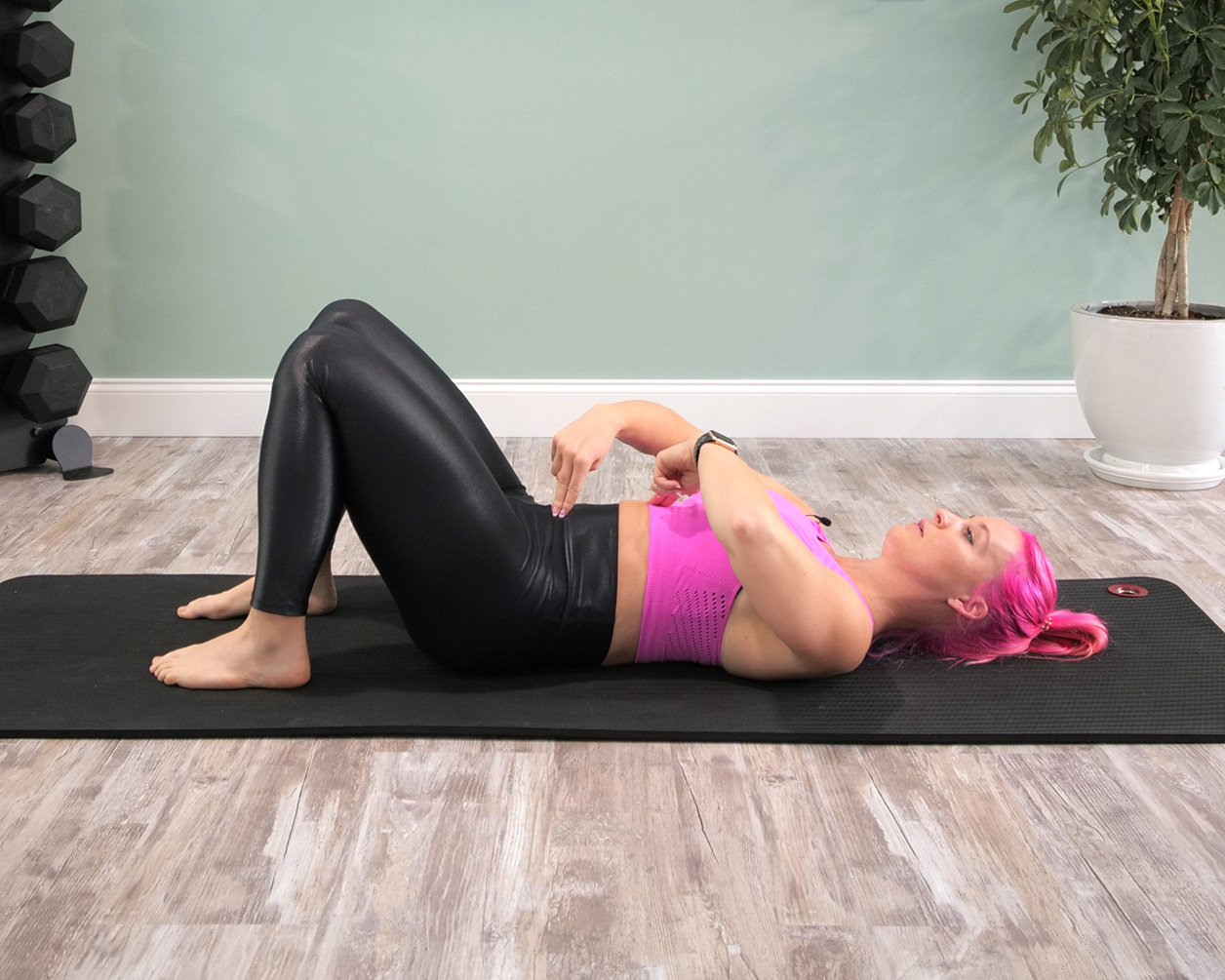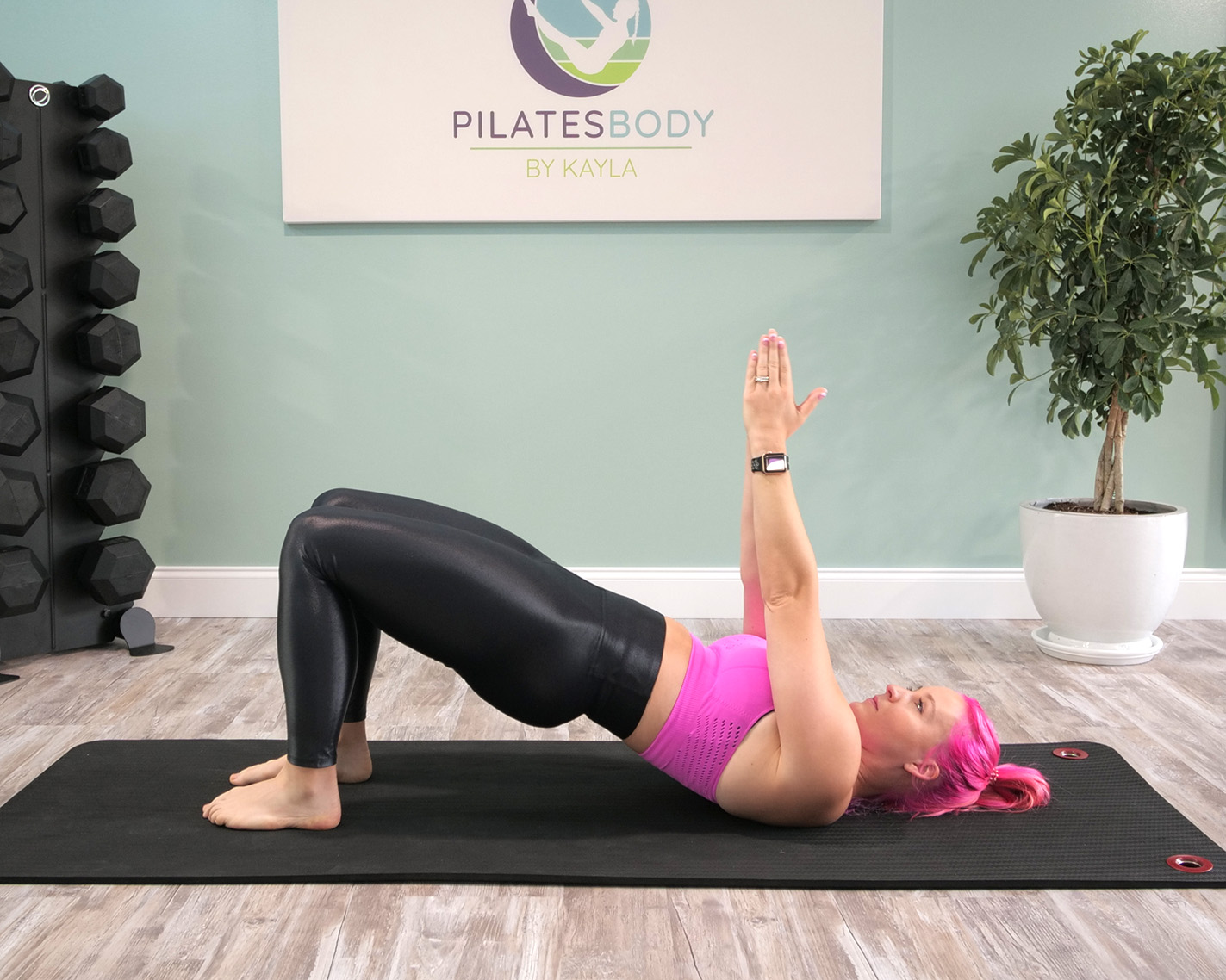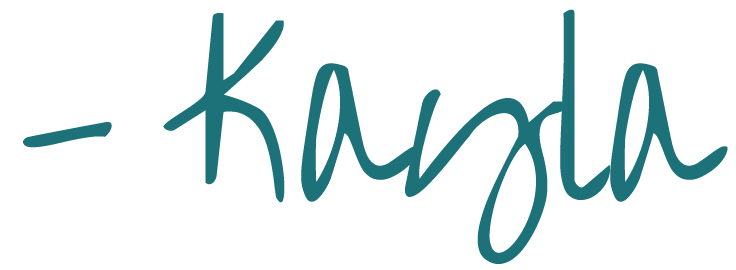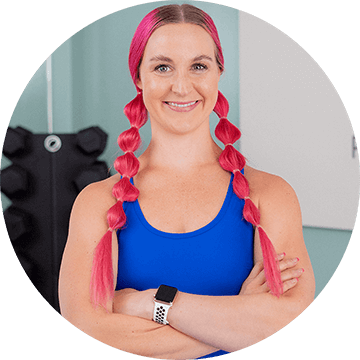Diastasis Recti (DR) is a common injury that occurs mainly during pregnancy and affects the core. Many people also refer to Diastasis Recti as “abdominal separation” or “stomach gap”. During pregnancy, our rectus abdominis, the outer layer of ab muscles, have to stretch apart to create room for the growing baby. With this extreme stretching to accommodate growth and development, it essentially makes the rectus abdominis unable to function properly during pregnancy and postpartum. The severity of the abdominal separation varies for every person and every pregnancy, and severity of DR can be minimized by doing pregnancy safe Diastasis Recti workouts.

